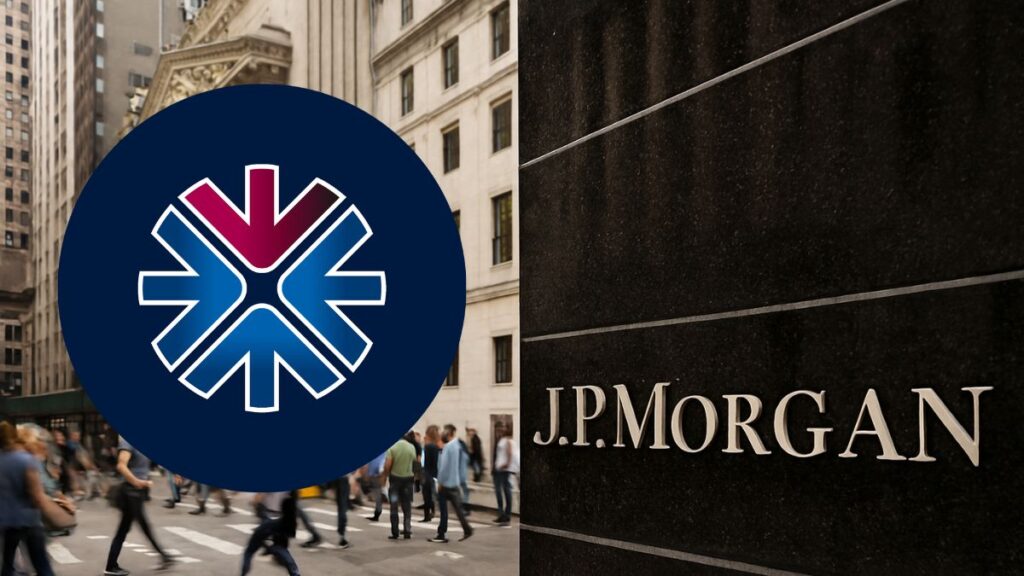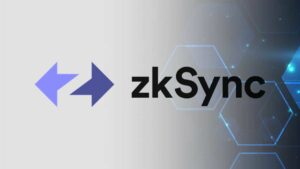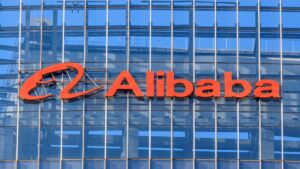TL;DR
- QNB adoption: Qatar National Bank integrated JPMorgan’s Kinexys blockchain to enable near-instant U.S. dollar corporate payments.
- Transaction scale: Kinexys processes $3 billion daily, a fraction of JPMorgan’s $10 trillion, using a permissioned blockchain model.
- Industry outlook: Despite stablecoin growth of 320% in Q3, JPMorgan’s focus remains on regulated blockchain solutions like Kinexys.
Qatar National Bank (QNB), one of the Middle East’s largest financial institutions, has adopted JPMorgan’s Kinexys blockchain platform to process corporate payments in U.S. dollars. The move signals a major step in institutional blockchain adoption, offering faster and more reliable cross-border transactions compared to traditional banking systems that often take days to settle.
A shift toward real-time payments
According to a Bloomberg report, QNB’s integration of Kinexys represents a departure from the limitations of conventional banking infrastructure. Cross-border payments have historically been restricted to weekdays and subject to delays. With Kinexys, QNB can now guarantee payments in as little as two minutes, operating on a 24/7 basis. Kamel Moris, executive vice president of transactional banking at QNB, described the development as a “treasurer’s dream,” highlighting the efficiency and accessibility of the new system.
Kinexys transaction scale
Kinexys currently processes about $3 billion in daily transactions. While this figure is only a fraction of JPMorgan’s broader $10 trillion daily payment volume, it underscores the growing role of blockchain in mainstream finance. The platform operates on a permissioned blockchain, which allows participating clients to move funds held on deposit within JPMorgan in real time. Unlike public blockchains, this model incorporates an access control layer, ensuring that only authorized participants can execute specific actions.

Expanding blockchain collaborations
In June, Kinexys partnered with Chainlink and Ondo Finance to complete a cross-chain delivery versus payment settlement. The test connected Kinexys Digital Payments’ permissioned network with Ondo Chain’s public testnet, which focuses on real-world asset tokenization. This collaboration demonstrated the potential for blockchain systems to bridge traditional finance with emerging decentralized technologies, further expanding the scope of institutional blockchain use cases.
Stablecoin context and industry outlook
While Kinexys focuses on U.S. dollar payments, the broader digital asset landscape continues to evolve. JPMorgan CEO Jamie Dimon recently stated he is “not particularly worried” about stablecoins, though he emphasized the importance of monitoring regulatory developments. Data from RWA.xyz showed stablecoin net inflows grew by more than 320% in the third quarter, led by Tether’s USDT and Circle’s USDC. For QNB, the adoption of Kinexys reflects a pragmatic embrace of blockchain technology to enhance efficiency without relying on volatile or unregulated digital tokens.










